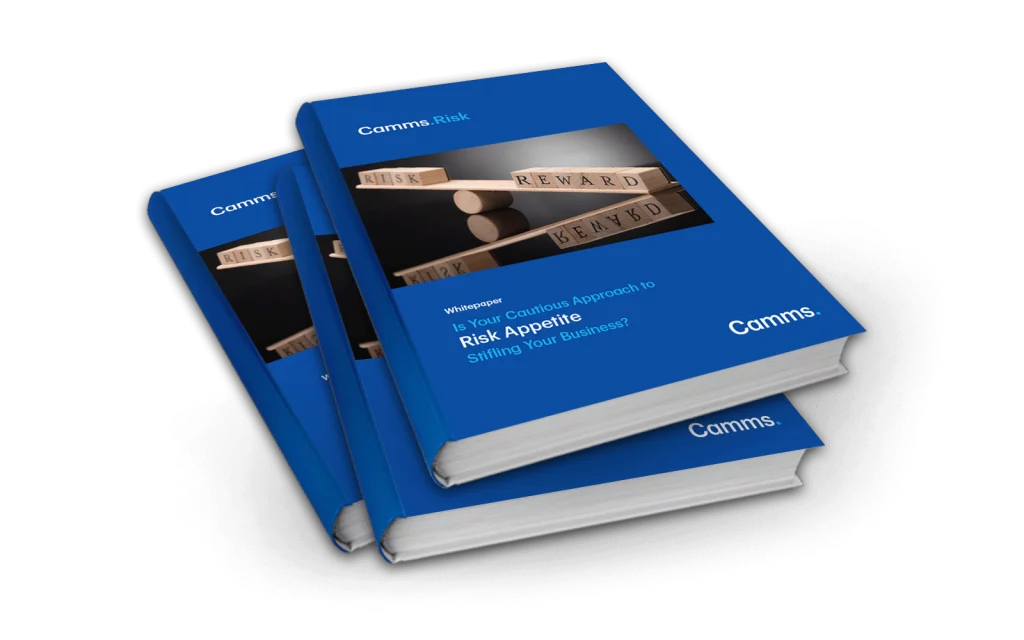- How to create a well-balanced risk appetite statement
- How to turn your risk appetite statement into tangible metrics that can be tracked and measured
- How to build a structured risk framework that rates risk according to their severity & likelihood

Without risk, there is no reward – and this certainly rings true in the uncertain world of business. But how do you build a risk appetite framework, that guides the business away from taking unnecessary risk, but still has the flexibility to enable “calculated risk taking” when the opportunity outweighs the risk?
In this whitepaper we look at what makes a good risk appetite statement and explain how to measure risk using KPI’s and risk tolerances. We examine both quantitative and qualitative risk assessments and the widely used ALARP principle. Plus, we explain why you should rate risks according to their likelihood and severity and we reveal how to use standard deviation to assess risks over set time periods.
Without risk, there is no reward – and this certainly rings true in the uncertain world of business. But how do you build a risk appetite framework, that guides the business away from taking unnecessary risk, but still has the flexibility to enable “calculated risk taking” when the opportunity outweighs the risk?
In this whitepaper we look at what makes a good risk appetite statement and explain how to measure risk using KPI’s and risk tolerances. We examine both quantitative and qualitative risk assessments and the widely used ALARP principle. Plus, we explain why you should rate risks according to their likelihood and severity and we reveal how to use standard deviation to assess risks over set time periods.
